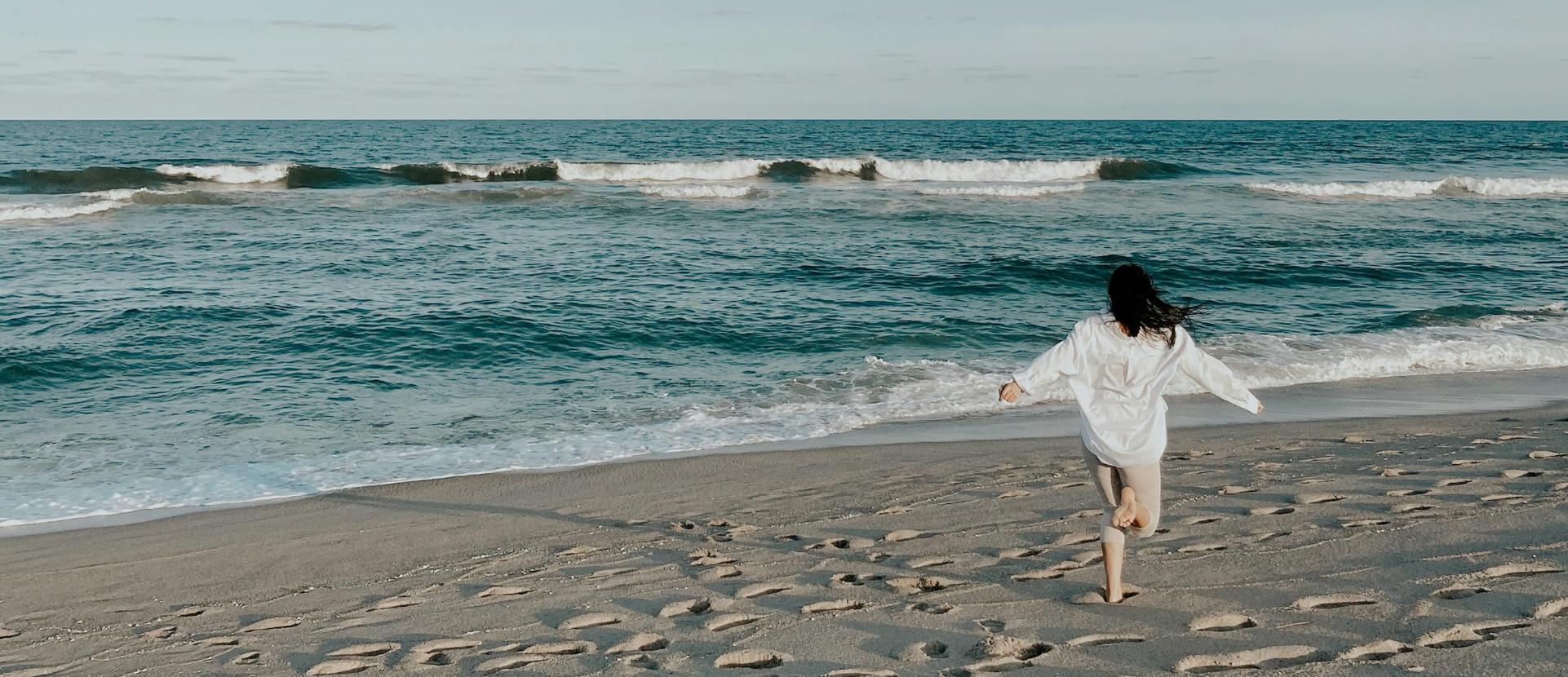- Science: Explained
How Do Sea Otters Make Themselves at Home in the Kelp Forest?
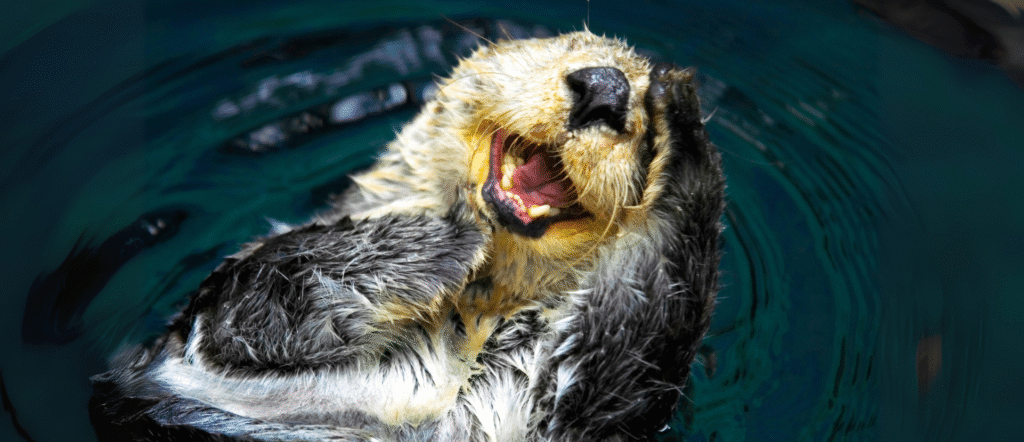
What comes to mind when you think of sea otters?
The internet is filled with videos of pups snuggled against their mother’s chest, ‘rafts’ of sea otters holding hands or wrapping themselves in kelp so they don’t drift apart as they nap, and cracking open shells or showing off the pouches in their armpits where they stash their favourite rocks and snacks. They are undoubtedly one of the Ocean’s most adorable and loved creatures.
But more complicated things are going on below the surface.
As well as capturing our hearts, they are ‘keystone species’: species whose everyday eating, resting, and playing has a disproportionately large role in maintaining the entire ecosystem around them. This article will explore how otters make themselves a home in the kelp forest, and how they’re otterly (sorry!) essential to maintaining one of our Ocean’s most vibrant ecosystems.
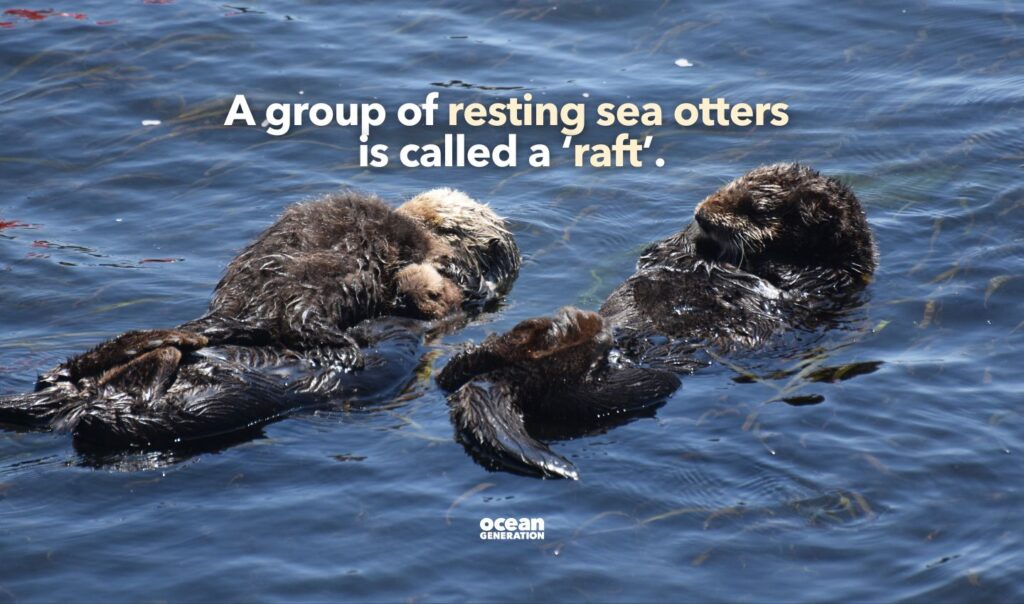
Where do sea otters live?
Sea otters (Enhydra lutris) have a range that covers the North Pacific, stretching around a coastline that extends between Japan, Russia, Alaska, and California.
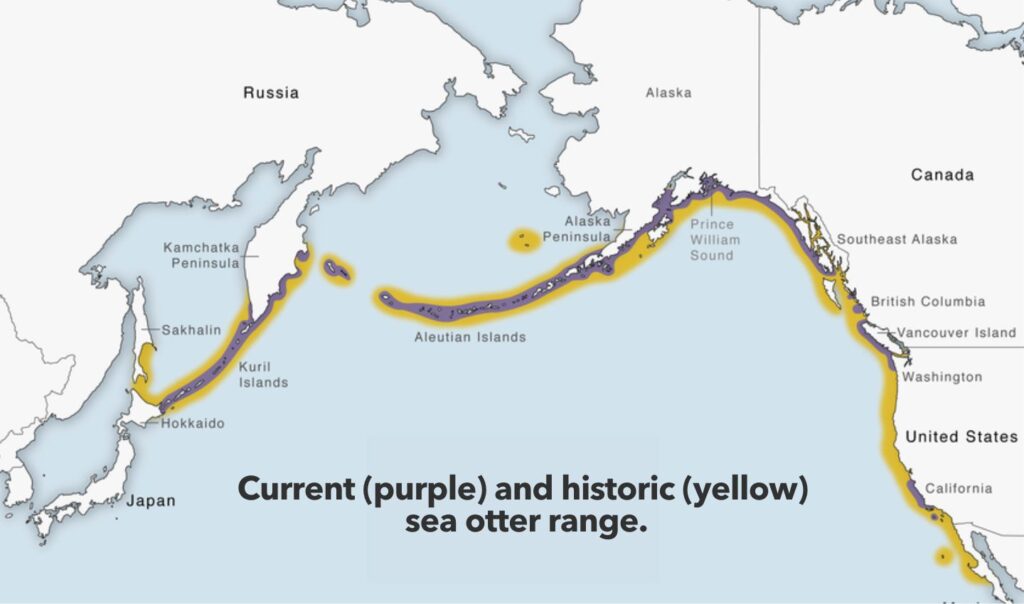
What connects all these places? Offshore – out of sight and below the surface – this whole stretch of coastline is a chain of ‘kelp forests’: magical ecosystems that are teeming with life. Whilst sea otters don’t only live in kelp forests, they are most at home in them as it provides them with food and shelter.
Kelps are a range of brown macroalgae (seaweed, to you and me) that grow up to 50m in length. The brown colour comes from a particular pigment that allows them to capture light below the Ocean’s surface. Like plants on land, they photosynthesise sunlight into organic material, which produces the energy for an entire complex food web around it.
This is the base for an incredibly rich and diverse habitat, and one study in Norway found that the average piece of kelp provides habitat for 8,000 individual organisms, with some even providing habitat for over 80,000!
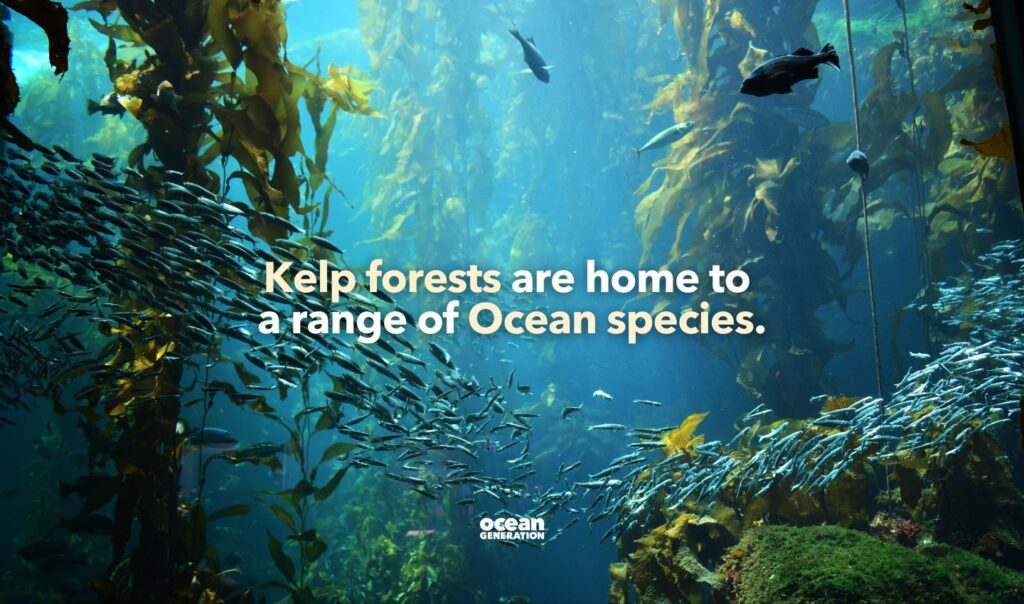
What do sea otters eat?
If there’s one thing sea otters can do, it’s eat. Studies have estimated that they need to eat between 19% and 39% of their body weight in food to meet their basic needs. To put this in perspective, this would be the equivalent of a person needing to eat about 20 pizzas every day!
As well as sea otters, kelp forests are home to a wide range of other species including fish, seals, and seabirds, and invertebrates such as molluscs, lobsters, and sea urchins. Many of these invertebrate species are found in sea otter diets, but at the top of the menu are sea urchins.
In fact, some sea otters crack open and eat so many purple sea urchins that their bones are dyed a pink to purple colour from the compounds they contain.
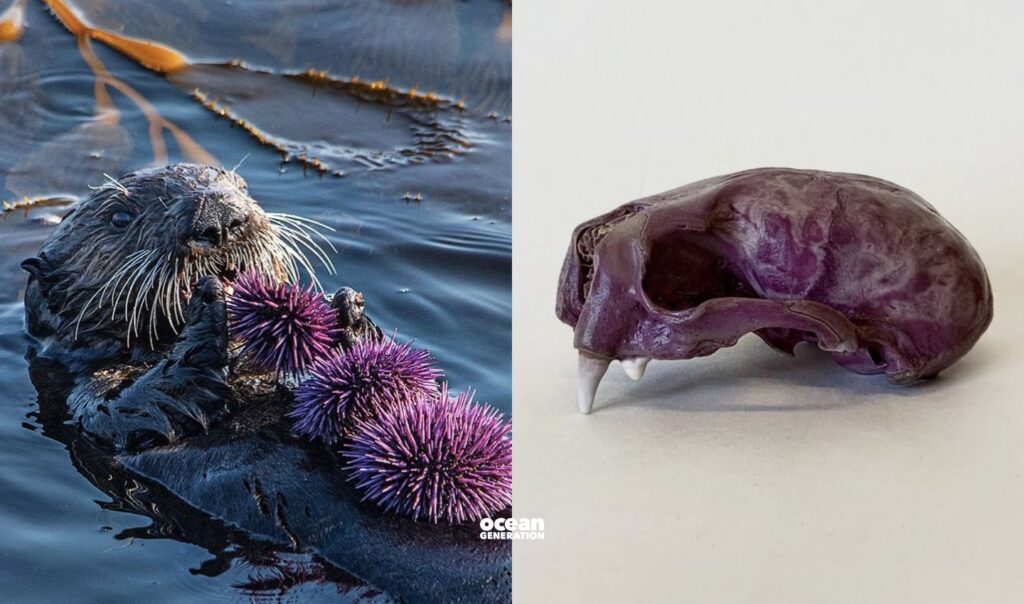
How are sea otters ‘keystone species’?
A ‘keystone species’ is a species ‘whose impact on its community or ecosystem is large, and disproportionately large relative to its abundance’. This means that if they are lost from an ecosystem, it can disrupt everything else within it. In the case of the sea otter, losing them can even indirectly lead to the loss of kelp. We have explored a historical case where this happened in an explainer article here.
But how does this happen?
The greatest threat to many kelp forests – especially, but not only, in temperate parts of the Ocean – is overgrazing from sea urchins. When their numbers are left unchecked, sea urchins sweep their way across the seabed, devour all the kelp they come across, and leave nothing but a desolate rocky seafloor known as an ‘urchin barren’.
The varied heights of kelp creates a habitat with different levels that can be compared to the differences between the canopy and floor of forests on land, meaning a diversity of species can call it home. Once an urchin barren forms and kelp is taken out of the ecosystem, the many other species that rely on it for food and shelter can also be lost.
Kelp is a complex habitat that supports a range of small species, which makes it a healthy breeding ground and nursery for fish. This attracts larger species such as seals and seabirds, who suffer knock on effects along with fish when kelp forest is lost.
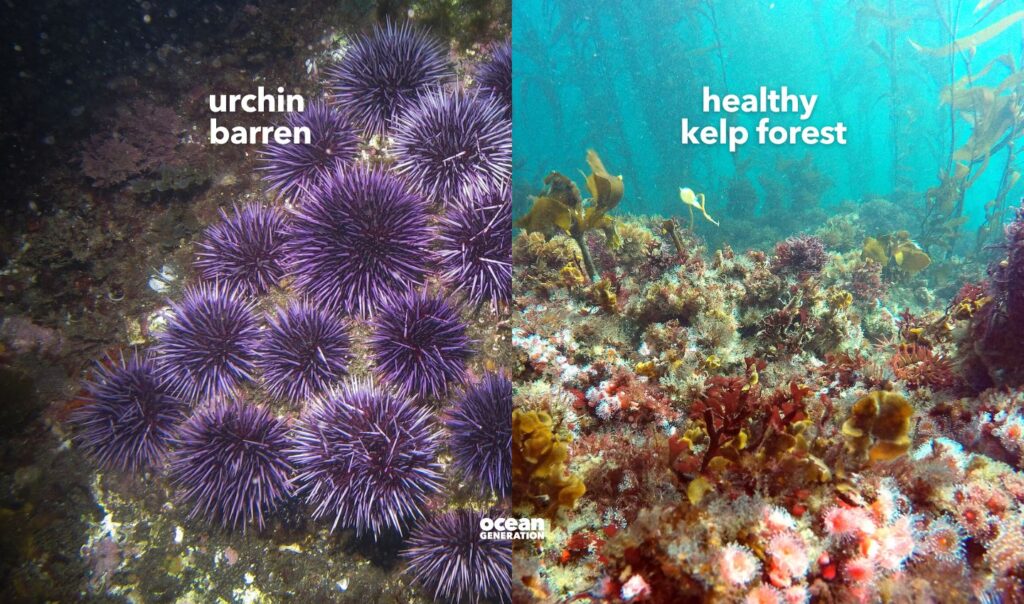
This is where our sea otter’s taste for urchins can come in handy. Sea otters can break through sea urchins’ tough, prickly exterior for food, and do so in such large numbers that they play a crucial role in managing populations. They’re accidental conservationists!
How are sea otters part of conservation efforts?
Sea otter populations had declined very significantly by the 20th century. At the time when much of the initial research was being done on the relationships between sea otters, sea urchins, and kelp, one marine scientist publicly shared his worries that the kelp forests of the Pacific had gone through ‘irreversible degradation’.
However, we now know that just as marine ecosystems can be lost much faster than those on land, some can also be restored much faster. The abundance of sea urchins in overgrazed urchin barrens means that sea otters can quickly recolonise their former range.
Sea otters have a long history of being at the heart of conservation efforts. Hunting them in parts of Alaska and Russia was banned in 1911 in the first ever piece of wildlife conservation policy, and banned throughout the United States in the 1970s.
More recently, sea otter ‘translocations’ – where populations are moved to parts of their former range so they can recolonise it – have reintroduced sea otters to parts of the North Pacific such as Southeast Alaska, British Columbia, Washington, and San Nicolas Island in California. As the relationships between them and the kelp forests they live in has become better understood, reintroducing otters has become more than just about them, but the whole kelp forest ecosystem they can create too.

An exciting project has been taking place over the past few decades at the Monterey Bay Aquarium in California, where orphaned sea otter pups are rescued, rehabilitated, and released back into the wild. Between 2002 and 2016, they reared and reintroduced 37 individuals, with benefits not only for sea otter populations but the integrity of the ecosystem as a whole.
The North Pacific kelp forest: A place to call home
Marine scientists have carried out experiments where they observed the differences between how sea otters behave in parts of the Ocean which have kelp forest in comparison to those places without. As a result, it’s possible to see that the otters themselves benefit from their unwitting conservation work.
Firstly, sea otters love to be around kelp as it is a safe habitat for them. At low tide, kelp sits on the surface of the Ocean, and sea otters wrap up their pups in the strings of kelp so they don’t drift away while they nap or hunt. Their role in clearing the urchin barrens can be really kelpful – restoring the very kelp in which they live!
Secondly, the sea urchins that sea otters catch from urchin barrens are not as nice as the ones in kelp forests. They are small, bad quality, and have poor nutrition. Scientists have estimated that due to the difference in quality, sea otters living outside of kelp forests in the Aleutian Islands in Alaska would need to eat about 1,085 urchins every day to meet their basic needs, compared to just 484 in areas with healthy kelp forests. This means that by restoring kelp ecosystems, sea otters save time and get an extra hour and a half every day to nap or frolic around on the Ocean surface.
Kelp forests can also sustain a more biodiverse and complex food web than urchin barrens. Those otters with a taste for fine foods aren’t stuck with urchins for dinner every day. If you had to eat sea urchins every day, you’d probably be bored and want a change too, right? Kelp forests offer sea otters a more varied diet, from a much larger range of sea creatures including crabs, clams, sea snails, scallops, and mussels.
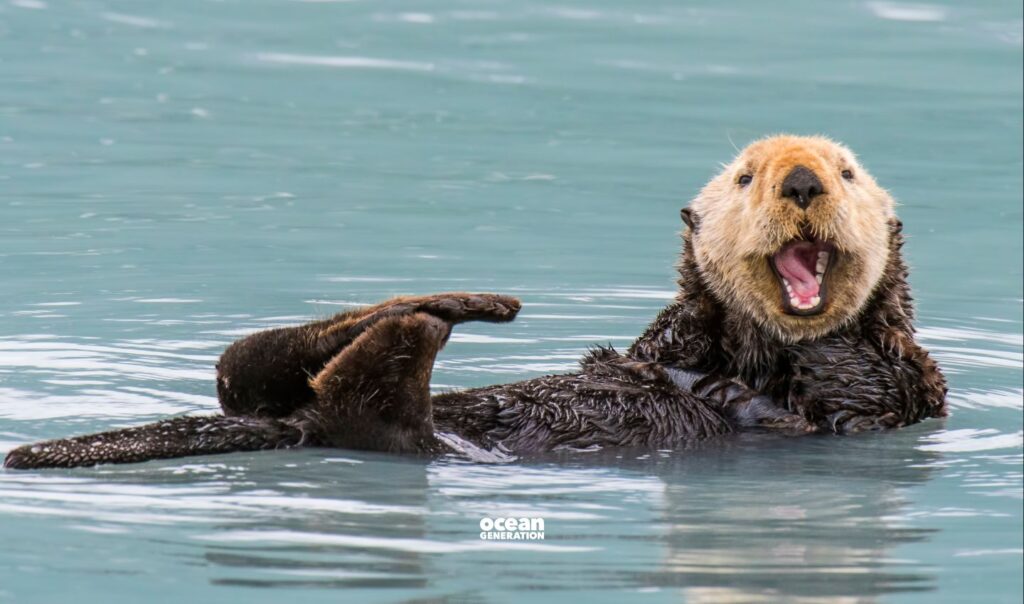
Just an-otter brick in the wall?
So, how do otters make themselves at home in the kelp forest? The answer is simple: just by being their adorable and authentic selves. If there is one take away from this article, it’s that the health of sea otters are entangled in that of the kelp forest ecosystem they call home.
If you ever find yourself scrolling through cute videos of otters on the internet, just remember, they are not just cute and furry, but truly precious and wonderful engineers of the Ocean’s ecosystems.


